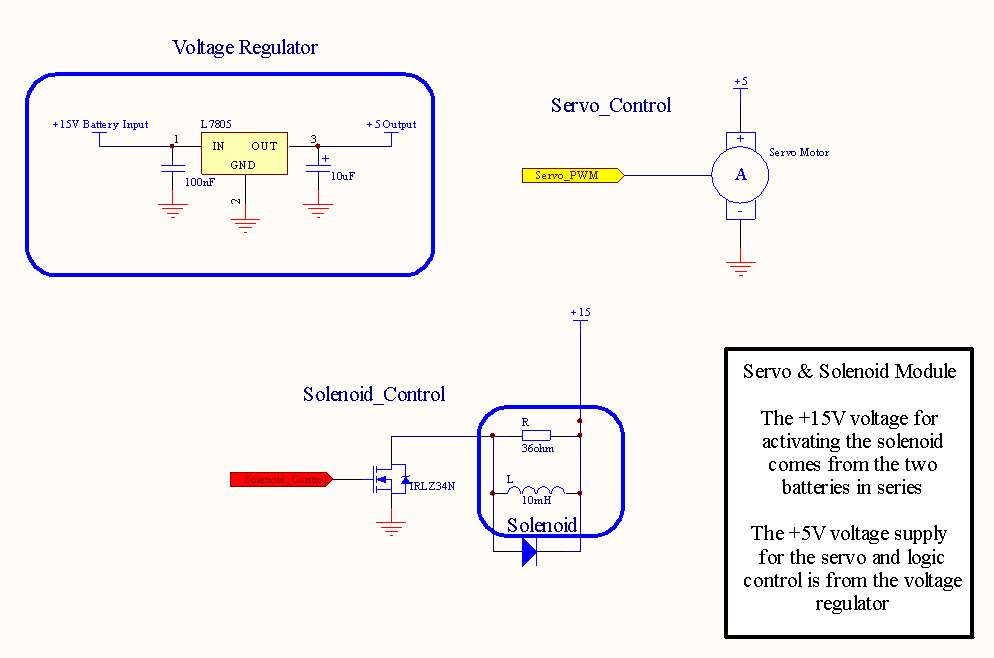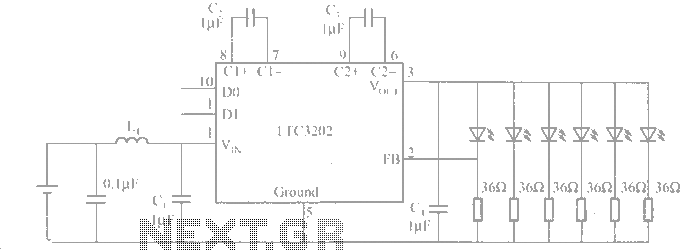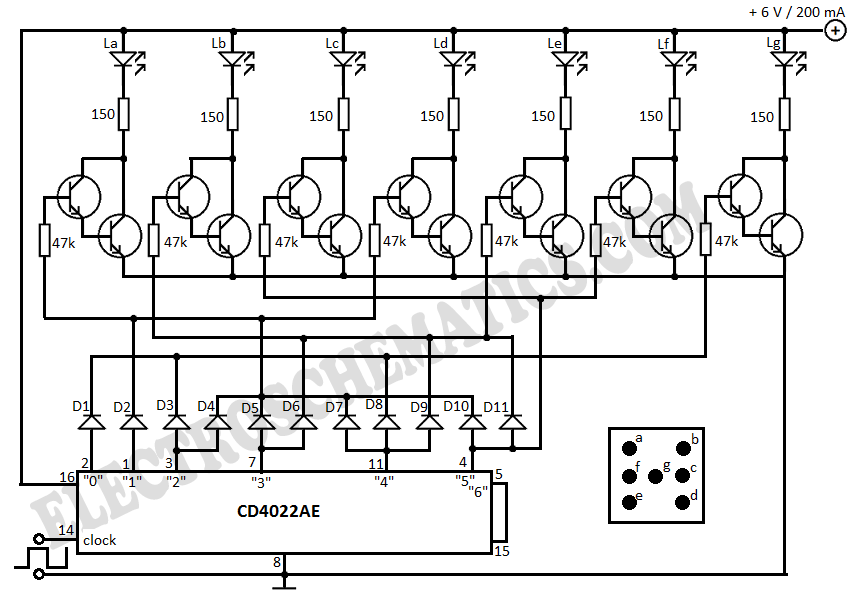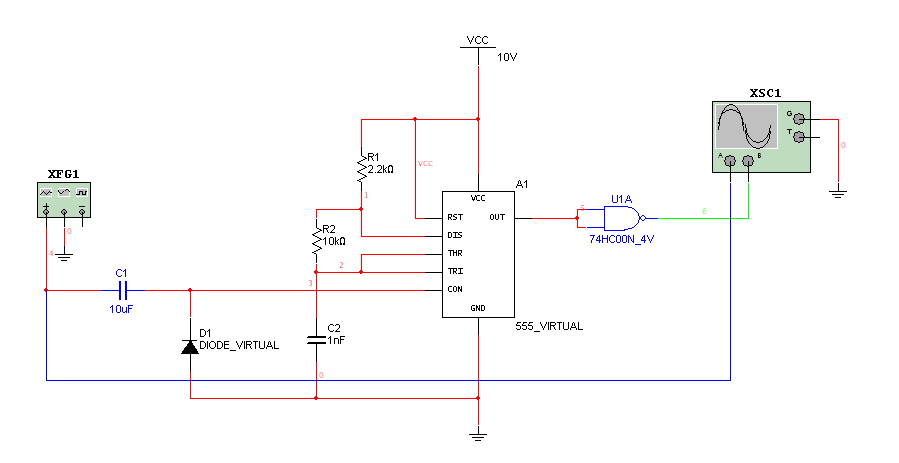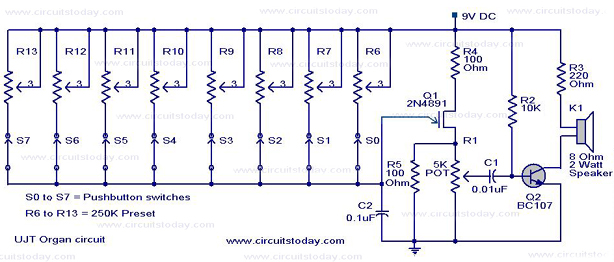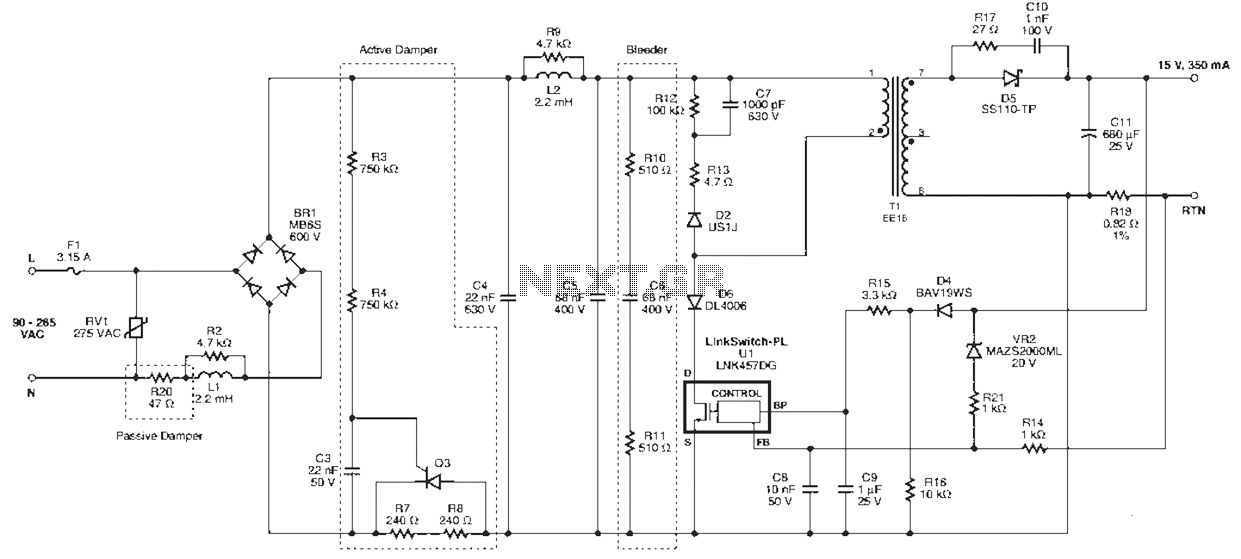
Joule Thief circuit in a Flashlight Bulb
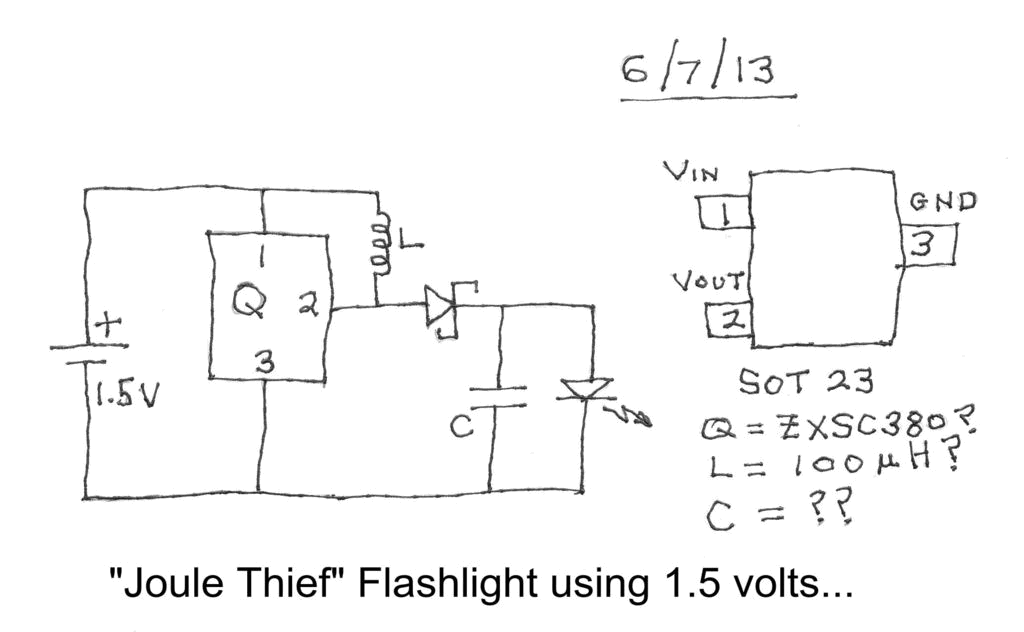
Investigating a Paradox: Recently, an energy-saving LED flashlight was observed for sale that utilized only one 1.5-volt battery. Upon purchasing this light and disassembling it, the expectation was to find a battery, bulb, switch, and a circuit board designed to boost 1.5 volts to the higher voltage required by an LED, particularly a bright white-blue LED. A comparison was made to circuits used in Joule Thief designs, from basic to modern variations, and it was anticipated that similar circuitry would be present, which typically involves no integrated circuit (IC) and no transformer. However, upon inspection, only a bulb, switch, and battery were discovered. Initially, this seemed implausible, leading to the consideration that the Joule Thief circuitry might be entirely integrated within the flashlight bulb itself, thus eliminating the need for a bulky toroidal transformer commonly found in traditional Joule Thief circuits.
The LED flashlight in question operates on a minimalistic design principle that raises questions about the integration of power management and voltage boosting within the bulb assembly itself. Typically, LED applications require a higher voltage than what a single 1.5-volt battery can provide. Standard Joule Thief circuits utilize a transformer or inductor to step up the voltage, allowing for the efficient operation of LEDs. The absence of such components in this flashlight suggests a novel approach to energy conversion.
One possibility is that the LED bulb contains a microcontroller or a compact boost converter integrated directly into its structure. This would allow the flashlight to efficiently convert the 1.5 volts from the battery into the required voltage for the LED without the need for external circuitry. Such designs can employ techniques such as capacitive charge pumps or inductive switching within the bulb housing, which could provide the necessary voltage increase while maintaining a compact form factor.
Further investigation into the bulb's construction could reveal the presence of specialized materials or configurations that facilitate this voltage conversion. For example, some LEDs can operate at lower voltages than traditionally thought, utilizing advanced semiconductor materials that allow for efficient light emission at reduced power levels. This innovation could lead to significant improvements in battery life and overall performance of portable lighting solutions.
In conclusion, the energy-saving LED flashlight presents an intriguing case of design efficiency, potentially utilizing integrated technologies to achieve high performance from minimal components. This exploration highlights the ongoing advancements in LED technology and circuit design, paving the way for future developments in compact, energy-efficient lighting solutions.Investigating a Paradox: Recently, I saw an energy saving LED flashlight for sale and it only used one 1.5 volt battery. I purchased this light and took it apart expecting to find a battery, bulb, switch and some kind of circuit on a board that would boost 1.5 volts to the higher voltage needed by any LED, especially a bright white-blue LED. I expected something similar to circuits used in my Instructable, Joule Thief circuits, crude to modern OR my Instructable, Joule Thief - no IC and no Transformer.
I looked everywhere but only found a bulb, switch and a battery. This didnt seemed possible at first but then I wondered, could the Joule Thief electronics be entirely located in the flashlight bulb? Well, this possibility ruled out the use of any clunky, bulky toroid type of transformer used in the more popular Joule Thief circuits.
🔗 External reference
The LED flashlight in question operates on a minimalistic design principle that raises questions about the integration of power management and voltage boosting within the bulb assembly itself. Typically, LED applications require a higher voltage than what a single 1.5-volt battery can provide. Standard Joule Thief circuits utilize a transformer or inductor to step up the voltage, allowing for the efficient operation of LEDs. The absence of such components in this flashlight suggests a novel approach to energy conversion.
One possibility is that the LED bulb contains a microcontroller or a compact boost converter integrated directly into its structure. This would allow the flashlight to efficiently convert the 1.5 volts from the battery into the required voltage for the LED without the need for external circuitry. Such designs can employ techniques such as capacitive charge pumps or inductive switching within the bulb housing, which could provide the necessary voltage increase while maintaining a compact form factor.
Further investigation into the bulb's construction could reveal the presence of specialized materials or configurations that facilitate this voltage conversion. For example, some LEDs can operate at lower voltages than traditionally thought, utilizing advanced semiconductor materials that allow for efficient light emission at reduced power levels. This innovation could lead to significant improvements in battery life and overall performance of portable lighting solutions.
In conclusion, the energy-saving LED flashlight presents an intriguing case of design efficiency, potentially utilizing integrated technologies to achieve high performance from minimal components. This exploration highlights the ongoing advancements in LED technology and circuit design, paving the way for future developments in compact, energy-efficient lighting solutions.Investigating a Paradox: Recently, I saw an energy saving LED flashlight for sale and it only used one 1.5 volt battery. I purchased this light and took it apart expecting to find a battery, bulb, switch and some kind of circuit on a board that would boost 1.5 volts to the higher voltage needed by any LED, especially a bright white-blue LED. I expected something similar to circuits used in my Instructable, Joule Thief circuits, crude to modern OR my Instructable, Joule Thief - no IC and no Transformer.
I looked everywhere but only found a bulb, switch and a battery. This didnt seemed possible at first but then I wondered, could the Joule Thief electronics be entirely located in the flashlight bulb? Well, this possibility ruled out the use of any clunky, bulky toroid type of transformer used in the more popular Joule Thief circuits.
🔗 External reference
Warning: include(partials/cookie-banner.php): Failed to open stream: Permission denied in /var/www/html/nextgr/view-circuit.php on line 713
Warning: include(): Failed opening 'partials/cookie-banner.php' for inclusion (include_path='.:/usr/share/php') in /var/www/html/nextgr/view-circuit.php on line 713
